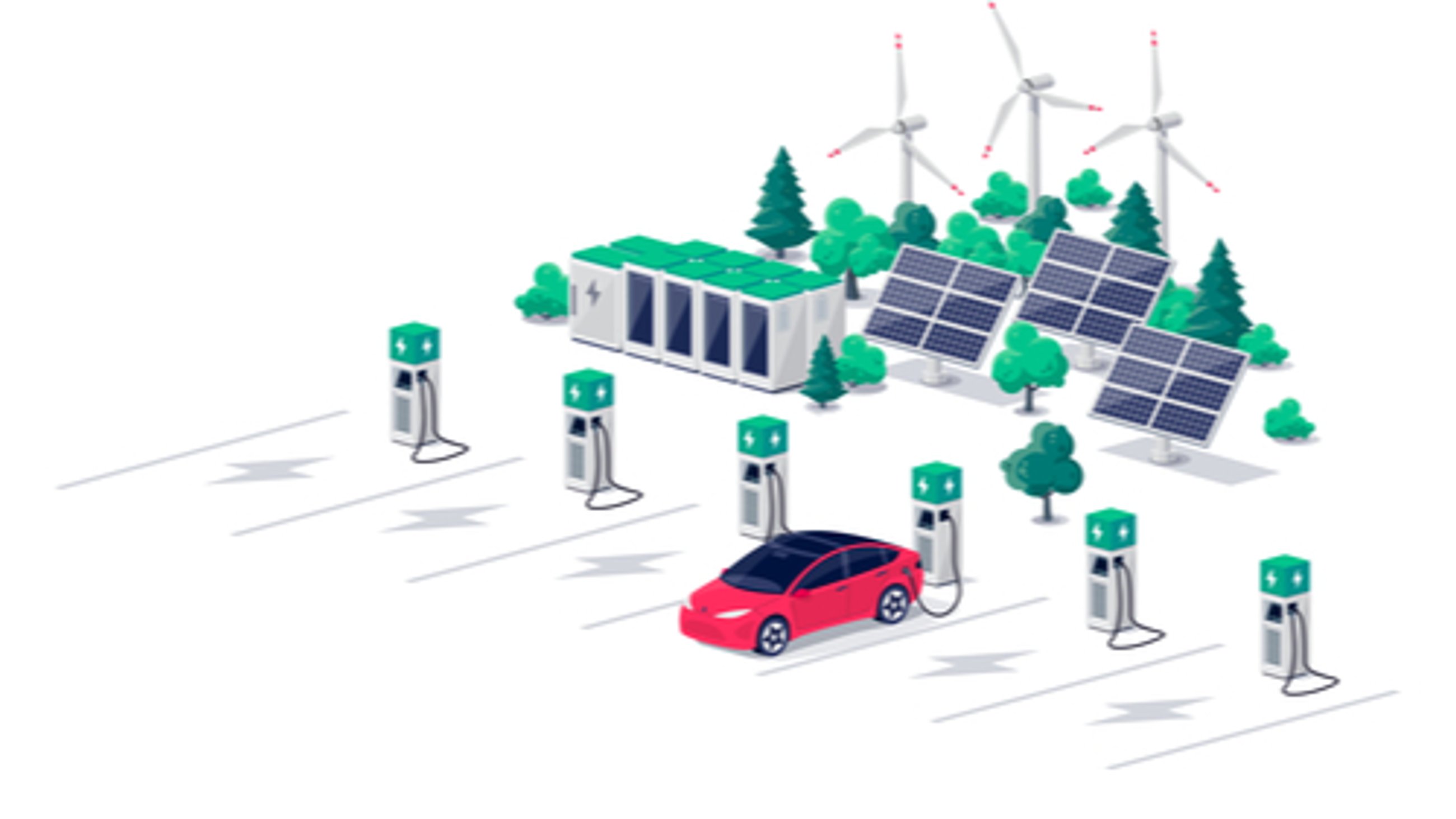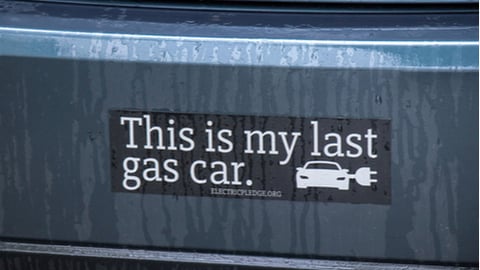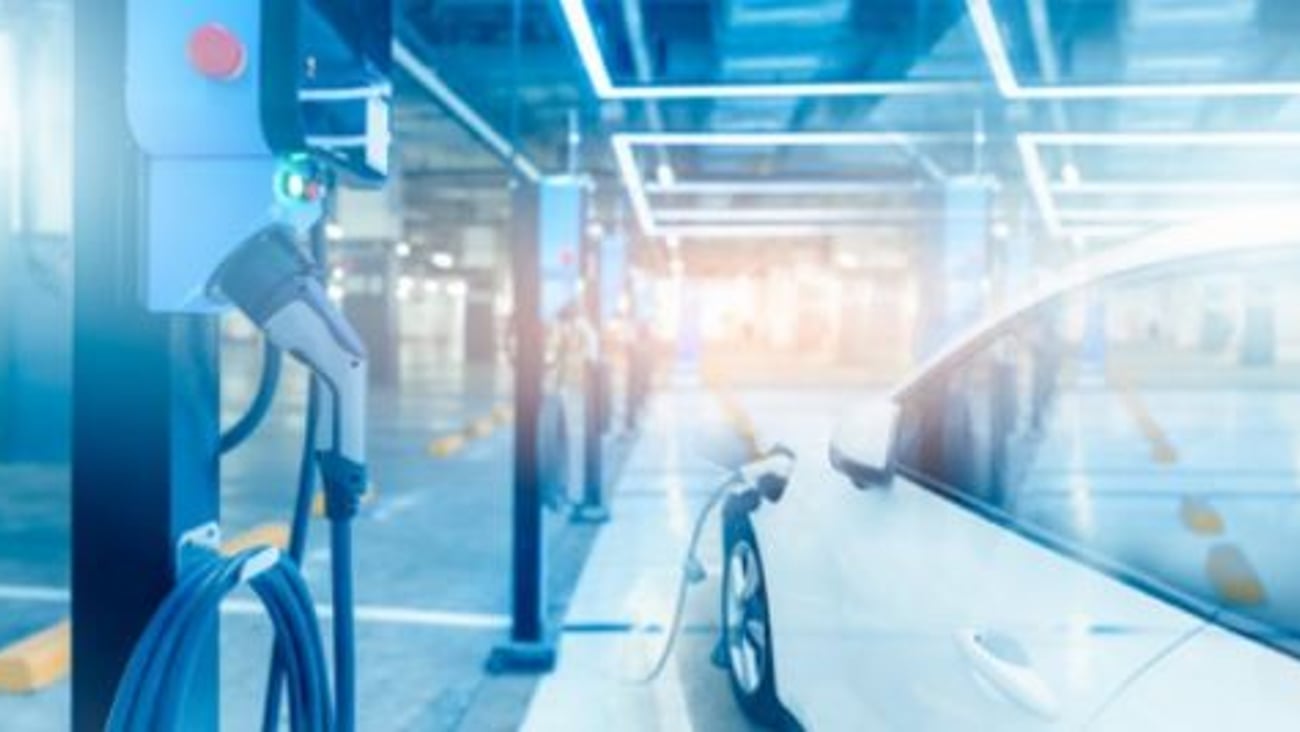The fuel station of the future: Is it time to add EV-charging to your offering?
If you’ve been paying close attention, you’ve heard this before. The traditional fuel station, as we’ve come to know it, is at a crossroads; not a crossroads as in standing on the corner of State and Main, but at a philosophical crossroads.
A convergence of market forces—some might call it “a perfect storm”—has made the idea of conducting “business as usual” an incredibly risky strategy for the owner/operator in Canada. Here, we survey these various market forces, touch on the challenges they have created and take a look at the opportunities that follow in their wake.
The electric elephant in the room
Let’s just call him the “Disruptor in Chief” because that’s the impact he’s had on the petroleum industry. While the electric vehicle (EV) was invented over a century ago, it wasn’t until Elon Musk arrived on the scene that the landscape started to change.
While he wasn’t a founder of the Tesla car company (as his avid followers sometimes believe) and he didn’t invent the technology underpinning its vehicles (as he sometimes claims), he was absolutely instrumental in transforming a Silicon Valley start-up into a global automotive phenomenon.
Much of the talk around Tesla revolves around the technology: the cars, the batteries, the “self-driving” (quotes intended) systems and the over-the-air software updates. Without a doubt, these factors have had an enormous impact on the automotive industry. But for the owner/operator of a refuelling station, it’s possibly just as important to look at how Tesla makes the recharging experience as innovative as possible.
The model of the year
There’s nothing all that special about Kettleman City, California. It’s not Los Angeles, for example. It’s not San Francisco, either. But it is ideally positioned about 200 miles (322 km) from each of those two cities. In the days before anyone knew anything about Elon Musk, Kettleman City was known as a sparsely populated midway point along Interstate 5. Back then, the main draws were pump fuel and fast food.
But things changed in 2017 when Tesla opened one of their new Supercharger Lounges in the small town of some 1,500 residents. For those who have yet to visit one of these locations, it’s more of an airport executive lounge than a service station—and this is where the learning comes in. Here are the details of the Tesla Supercharger Lounge and how this approach to “refuelling” can inform us all.
Operate at the speed of the customer

Key takeaway: All modern EVs can point the driver in the direction of public charging stations in their vicinity. Drivers can also access information on the optimal speed of the charger, whether the charger is currently occupied and whether it’s functioning properly. If you decide to install a charger or two or three at your location and they aren’t fast enough, reliable enough or available enough, EV drivers will not visit your service centre—full stop.
In 2019, Boston Consulting Group (BCG) conducted a detailed study of the retail fuel industry entitled The Service Station of the Future. In their conclusion, BCG recommended that service stations add charging capabilities, but cautioned that it wasn’t a simple and quick fix. The investment required is significant and owner/operators need to set a charging fee that consumers will find reasonable. The chargers also need to be engaged a high percentage of the time in order to create a reasonable return on investment.

Key takeaway: Embrace the digital revolution. As BCG notes in its report: “Any Chipotle is a decade ahead of any gas station when it comes to being digital. Even something as simple as orderings things from the C-store so they can be brought out to you at the pump could start repositioning gas stations.”
In order to create a more personalized, efficient and convenient experience, owner/operators need to follow the examples from other industries—especially those that are leveraging technology and a vast amount of customer data to its fullest. BCG highlights companies like emart24 with unstaffed convenience stores, Farmer’s Fridge with vending machines full of healthy food options and any stores with advances such as automated checkout.
The consulting firm predicts that owner/operators who follow suit, “will be able to target each individual and tailor products and services to that individual’s needs.”

Key takeaway: Enhance the experience. BCG reports that the traditional refuelling experience may still be necessary, but it’s not engaging. The consultants suggest owner/operator flip their business model so the overall set of services is the focus, “of which liquid and electric refuelling are just an important peripheral.”
They pinpoint suggestions such as premium fast food, an Amazon hub for package delivery and a ghost kitchen for gourmet food preparation. More than anything, though, they promote the idea of moving from a “vehicle-centric” business to a customer-centric one.

Key takeaway: Take stock of alternate forms of energy. One significant disadvantage for owner/operators who chase after the EV driver is that their target doesn’t need to visit a refuelling station to recharge. Chargers can be located in homes, shopping malls, car dealerships and retail stores. Another study, this one by McKinsey & Co., suggests that close to 80% of EV charging will eventually take place at the home or the office, leaving refuelling stations to battle over just 20% of the opportunity.
In addition, although sales of new internal combustion engine (ICE) vehicles will be severely restricted in the future, there will still be a need for fuel and for refuelling stations. BCG predicts that sales of electrified vehicles (EVs, hybrids and plug-in hybrids) will surpass those of ICE vehicles by the year 2030. But tens of millions of ICE vehicles will still be running around for at least a decade or longer into the future.
Here’s something else to consider: The next wave of fuels is already here. In certain markets around the world, liquefied petroleum gas (LPG), compressed natural gas (CNG) and biofuels are being used more and more. Vehicles that use any of these fuels still require refuelling at a traditional retail location.
It’s still too early to say exactly what “The Fuel Station of the Future” will look like. But it seems safe to say that it won’t look like what it does today. In their report, Boston Consulting Group calculates that between 25% and 80% of retail gas stations could be unprofitable by the year 2035. The traditional fuel station is at a crossroads and the only way forward, the firm believes, is to dispense with tradition altogether.
“To successfully adapt, fuel retailers must embrace a new mindset. Making modest changes or tweaks to the business will not suffice. Instead, companies must fundamentally rethink their business and aggressively embrace innovation and new technology. Those that boldly seize the opportunity will find themselves in a winning position. Those that do not may be left behind.”
This article was originally published in the January/February issue of Octane: Canada's car wash & petroleum magazine.









